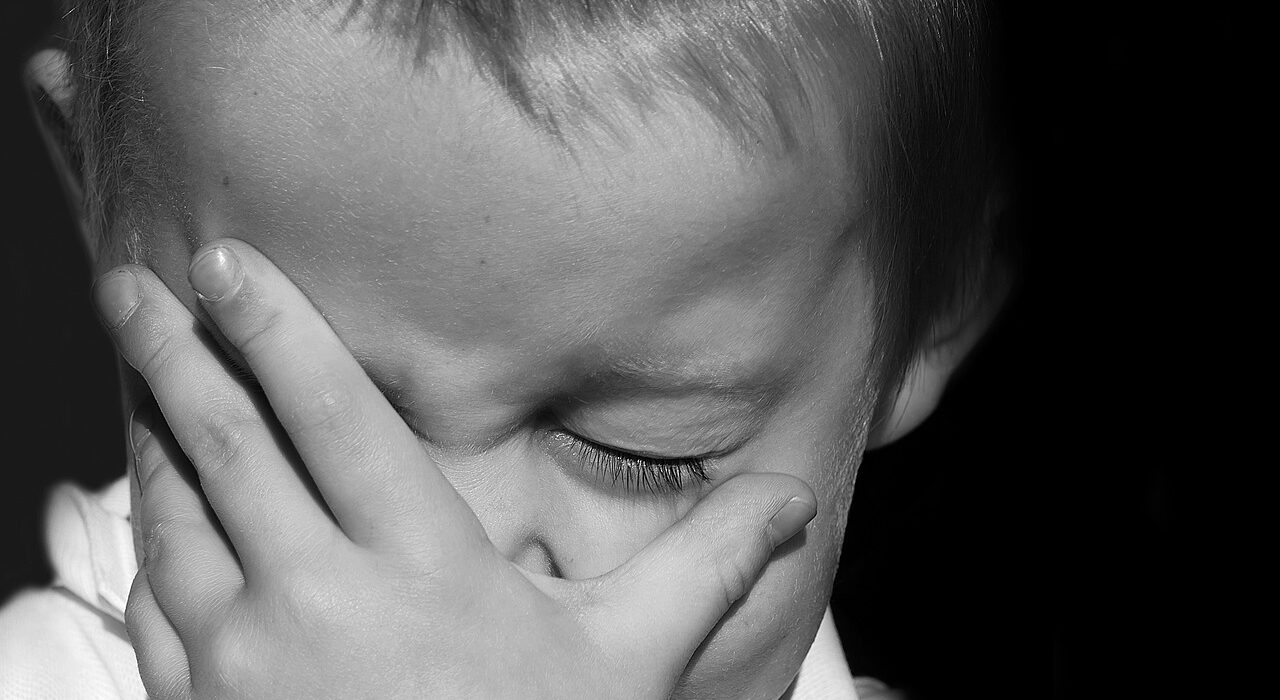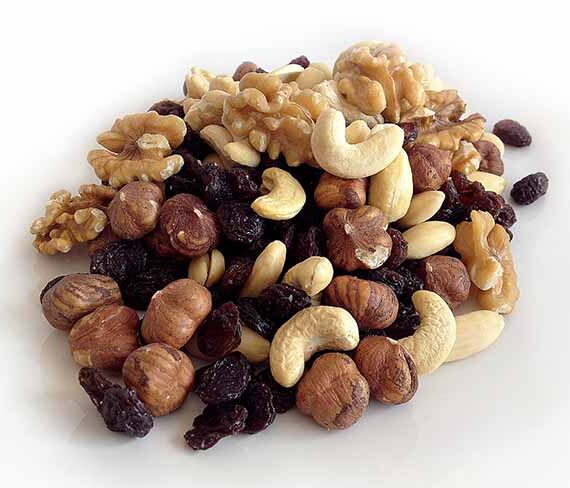This week is observed as Rashtriya Poshan Abhiyan 2020. One of the major areas of focus of this event is the malnutrition in the children. Malnutrition is a serious concern not just in India but also in other parts of the world.
Through this blog India’s leading dietician and nutritionist Avni Kaul shares some insights on malnutrition in the children.
What is Malnutrition
Malnutrition is a quite serious condition that happens when a person’s diet does not contain the right amount of nutrients.
Malnutrition stands as “poor nutrition” and can refer to:
· Undernutrition: when one does not get enough nutrients
· Overnutrition – when one gets more nutrients than you need
This topic looks on undernutrition.
Who are affected by malnutrition?
Malnutrition is still a common health problem. As of 2015 19.8 million children below the age of 6 years are undernourished
Malnutrition happens because of an inadequate diet or a problem absorbing nutrients from food. There are several reasons why these may happen, including having lower mobility, a long-term health condition, or a poor income.
Signs of Malnutrition
The most common signs of undernutrition are unintentional weight reduction (losing 5 to 10% or more of body weight over 3 to si6 months).
Other signs can include: weak muscles, feeling fatigued all the time, low mood, an increase in illnesses or infections.
The major sign of overnutrition is being overweight and obese. However, people with undernutrition can also be overweight if they consume a diet high in energy (calories), but low in other nutrients.
Signs of malnutrition in children could consist of failure to grow at the expected rate and changes in behavior, like as appearing unusually irritable, sluggish and anxious.
Your kid’s weight and physical development must be regularly assessed by your physician when your child is young. Speak to your GP or a nutritionist or health visitor if you have any doubt about your child’s health or development.
When to See your Doctor or Nutritionist
See your doctor or a nutritionist if your child’s body mass index (BMI) is lower than normal or you notice the above symptoms.
BMI is an indicator of whether you are a healthy weight for your height. You can use the BMI healthy weight chart to work out your BMI.
You should visit your GP if you believe you or someone you care for is at risk of malnutrition. They can check for signs of malnourishment and any conditions that may cause malnutrition.
Treating malnutrition
Depending on what’s caused a kid to become malnourished and how severe it is the treatment may be carried out at home or in the hospital.
Dietary modifications are the main treatment for malnutrition. If your child is undernourished, you may need to increase the nutritional content of his food, with or without taking nutritional supplements.
Preventing Malnutrition
The ideal way to prevent malnutrition is to eat a healthy, balanced diet.
A healthy, balanced diet is important for maintaining health and fitness. To stay healthy, one needs to eat a variety of foods from the four major food groups including:
· Lots of fruit and vegetables
· Carbohydrates bases foods such as bread, rice, potatoes, and other starchy foods
· Milk and dairy foods
· Protein based foods like meat, fish, eggs, beans, paneer, chickpeas, rajma, and other non-dairy sources of protein.




